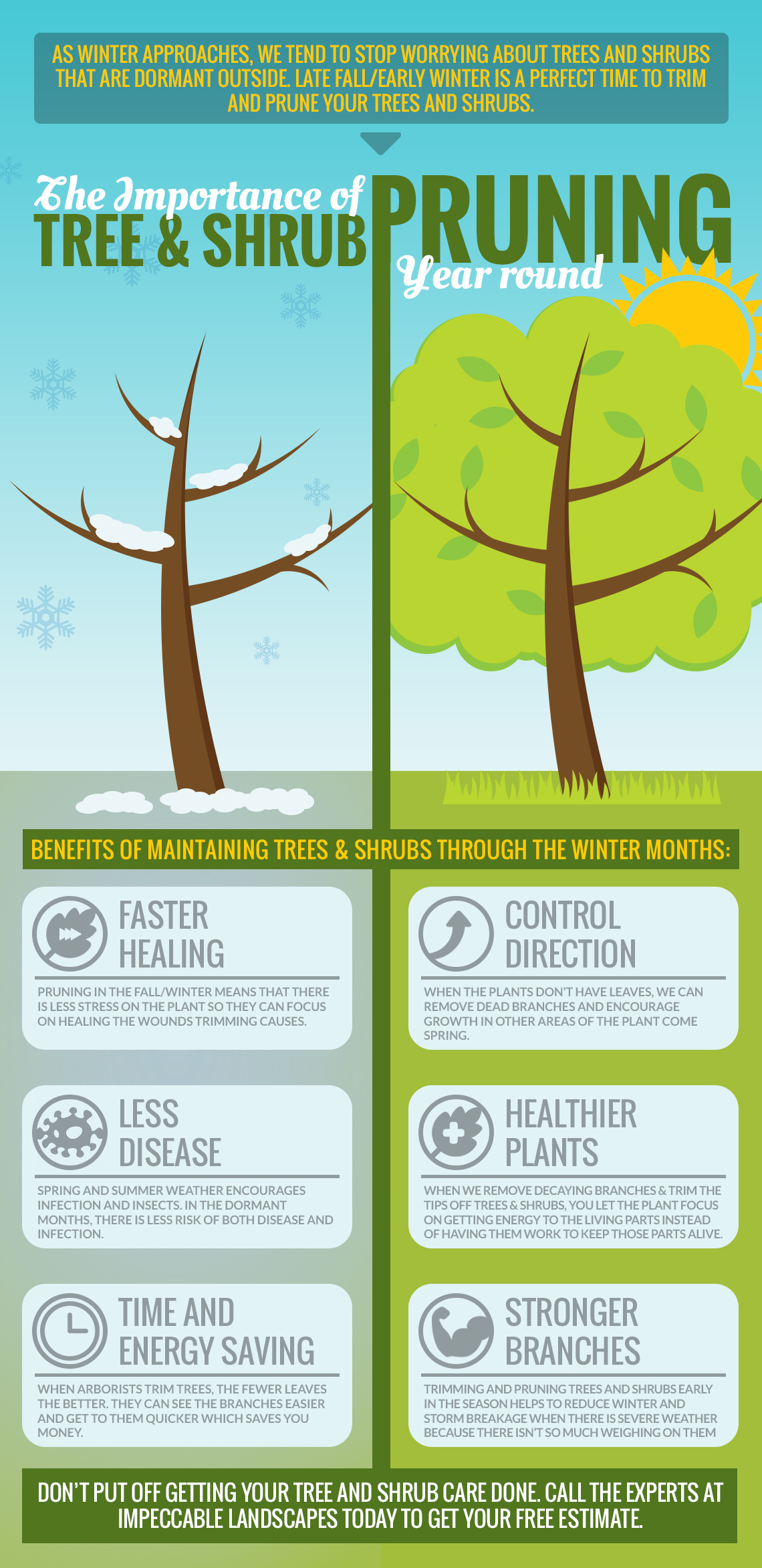Determining The Correct Time For Tree Removal - A Guide For Homeowners
Determining The Correct Time For Tree Removal - A Guide For Homeowners
Blog Article
Author-Merrill Conway
Trees add charm and value to building, however they can additionally pose a danger throughout extreme weather events. If how to become a arborist has actually quit growing, is exhibiting noticeable fungal growth, or has a leaning trunk, it needs to be eliminated by a specialist to stay clear of residential or commercial property damage and injury.
To learn more, participate in a homeowner resource fair co-hosted by HPD, the Center for New York City Neighborhoods, and Brooklyn-based housing partners this evening in Bedford-Stuyvesant. The occasion will certainly feature the Homeowner Handbook, a new overview to assist house owners browse the responsibilities of owning a home.
1. Dead or Perishing Branches
Trees are an indispensable part of your home's landscape, using shade and elegance. They likewise provide sanctuary for wild animals and produce oxygen, however also healthy trees can experience health problems that might require their removal. Dead or passing away trees aren't just unattractive, they can be dangerous. Their branches can fall during a tornado, bring about pricey residential property damage and injuries.
When a tree's branches begin to die, it means that its framework is starting to break down. If the majority of its branches are dead, it is most likely time to remove it.
Search for a lack of new development, bark peeling, open wounds or cavities, fungis growing on the trunk or roots and a basic appearance of degeneration in the whole canopy. These signs of infection can suggest a major issue that will certainly need expert tree solutions to settle.
2. Leaning Trunk
While it's normal for trees to lean once in a while because of phototropism, if a tree has a harmful or severe lean that's not as a result of natural processes - maybe a sign that the tree needs to be removed. If the tree is leaning toward a power line, home, car, play structure or any other location that could be unsafe to people if it falls, then speaking to a professional tree service for removal need to be a top concern.
It's also crucial to look for any kind of sudden changes in a tree's leaning as it can suggest damages to the roots or trunk that might bring about dropping. This is particularly true during thundercloud, since high winds and rain-soaked dirt can cause a lean to change rapidly. Routine monitoring, specifically during and after storms can aid house owners recognize possible troubles with their trees so they can call an arborist for a detailed assessment.
3. Insect Invasion
Some pest infestations, such as wood-boring pests like emerald ash borer or sap-suckers like range pests, are so serious that they can trigger a tree to die. iron bridge auckland to stop pest invasion is to monitor your trees on a regular basis. Seek spots, openings, or stainings in the leaves and bark. Check out the trunk for splits and signs of insect damages, such as tunnels or tracks.
If a tree ends up being also plagued with pests, or is close to a home or power lines, an arborist might recommend removal. If a leaning tree develops a brand-new, unstable lean, an arborist will likely suggest removal as well to make sure the safety of individuals and home. If https://www.santacruzsentinel.com/tom-karwin-on-gardening-part-iii-social-distancing-in-gardening weakened or dead tree constantly sheds excessive branches, it is a sign that it is time to eliminate the tree. If a tree remains to drop branches for an extensive period of time, it could cause architectural troubles and prospective building damages.
4. Damaged Trunk
Trees are an attractive and important part of our landscape, however they do require regular care to keep them healthy and risk-free. If a tree is damaged irreparable it is most likely time for it ahead down.
Search for signs of damage to the trunk, including vertical splits, seams, dead branch stubs, noticeable injuries or open dental caries and serious tree-rot. The visibility of fungis at the base of the trunk is an additional advising indicator. Fungis may suggest that the phloem and xylem (life-support tissues) are compromised, allowing for the spread of disease or a future failure.
Also, think about whether the tree has actually stopped expanding. Healthy and balanced trees will have new development yearly, which might be visible as buds or branches growing and extending. If you do not see any kind of new development, it's a good idea to have an arborist examine the tree and follow their referral for elimination. A passing away or damaged tree can drop and cause residential property damages.